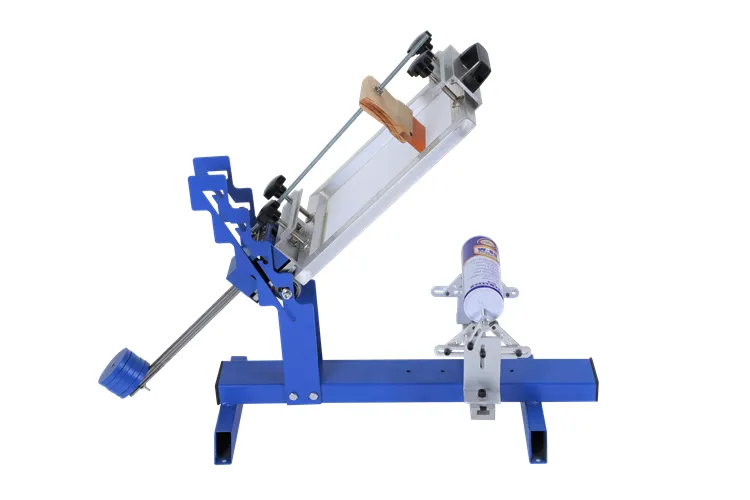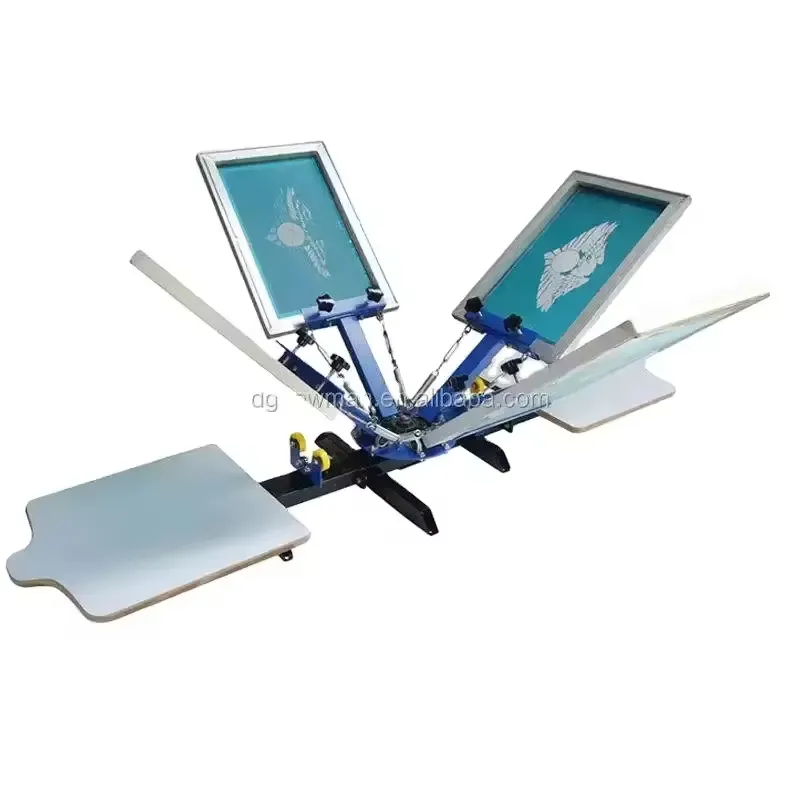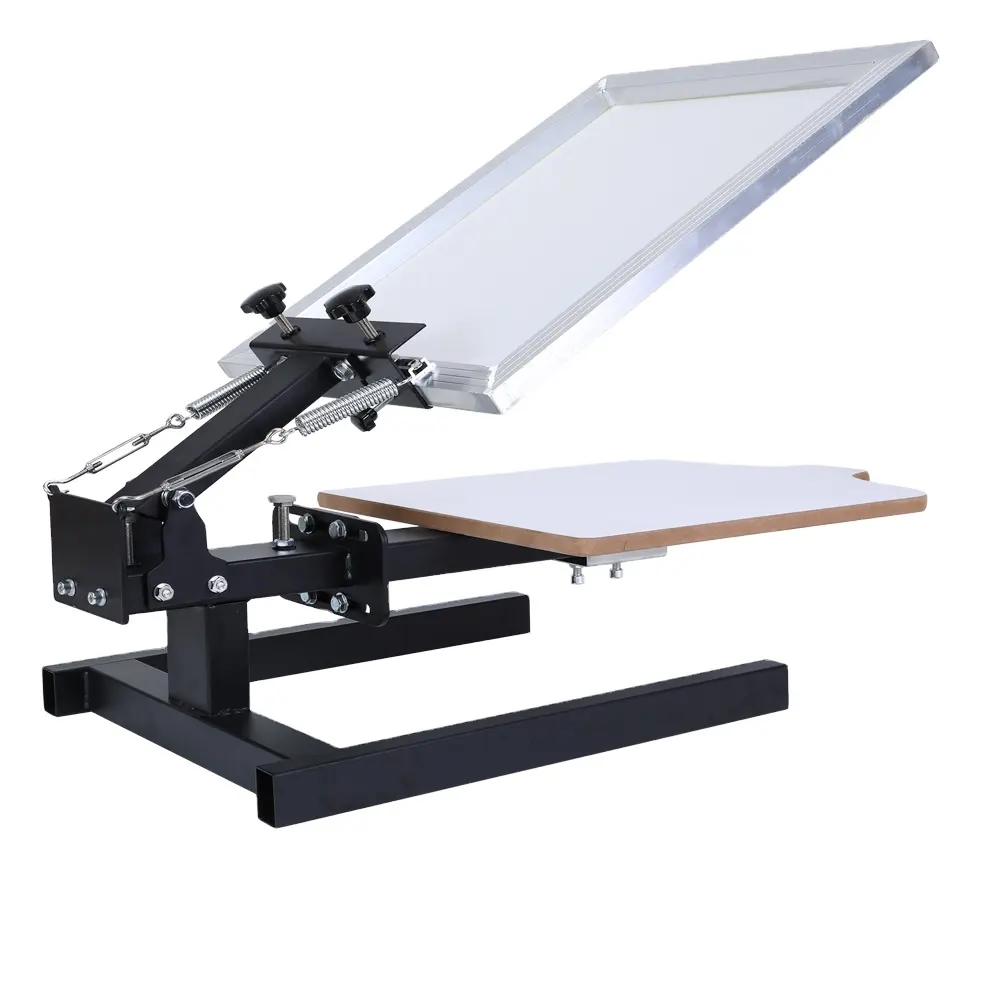screen printing dryer manufacturers
Screen printing dryer manufacturers play a crucial role in the textile and printing industry by producing essential equipment for curing and drying printed materials. These manufacturers specialize in developing advanced drying systems that ensure optimal ink adhesion and durability across various substrates. Modern screen printing dryers incorporate sophisticated temperature control mechanisms, energy-efficient heating elements, and adjustable conveyor systems to accommodate different production speeds and material requirements. These systems typically feature multiple heating zones, digital controls for precise temperature management, and advanced airflow technology to ensure even heat distribution. Manufacturers focus on creating solutions that combine high-volume production capabilities with consistent quality output, incorporating features such as infrared heating elements, forced air circulation, and automated belt speed controls. The equipment produced ranges from compact tabletop units for small-scale operations to industrial-scale tunnel dryers for high-volume production facilities. These manufacturers also emphasize energy efficiency and environmental considerations in their designs, implementing heat recovery systems and optimal insulation to reduce operating costs and environmental impact.


